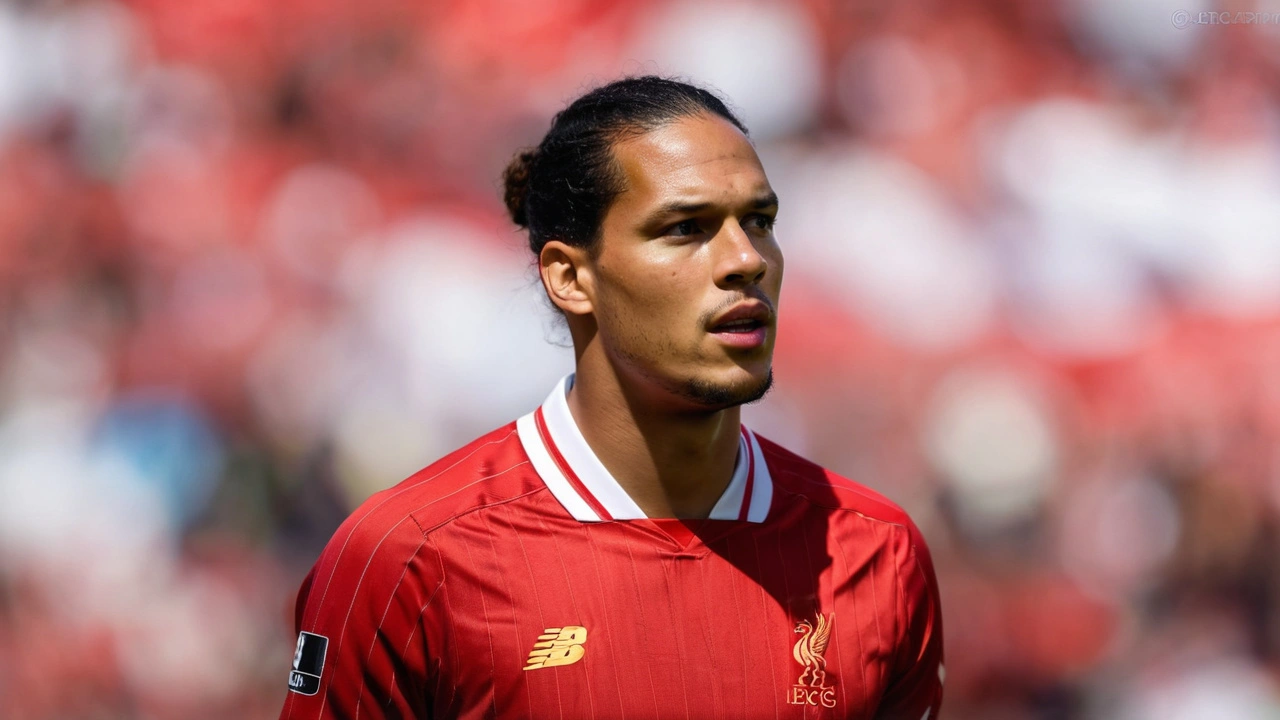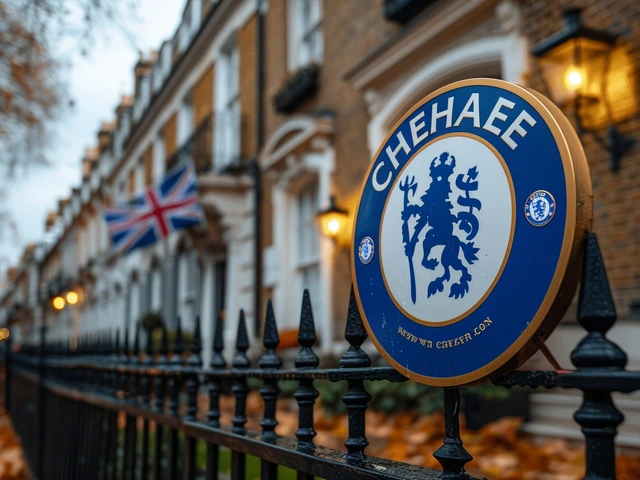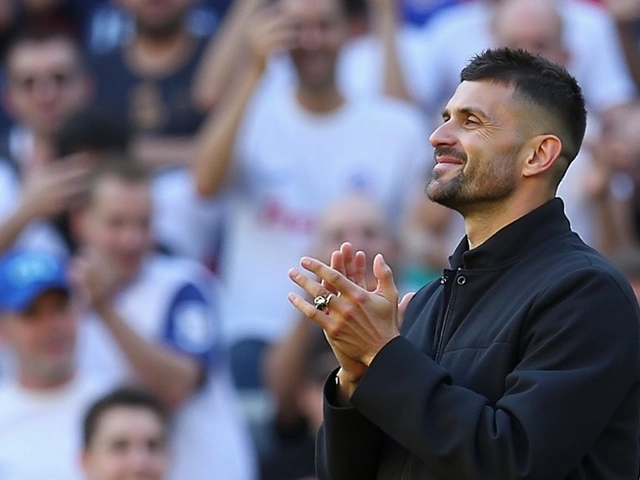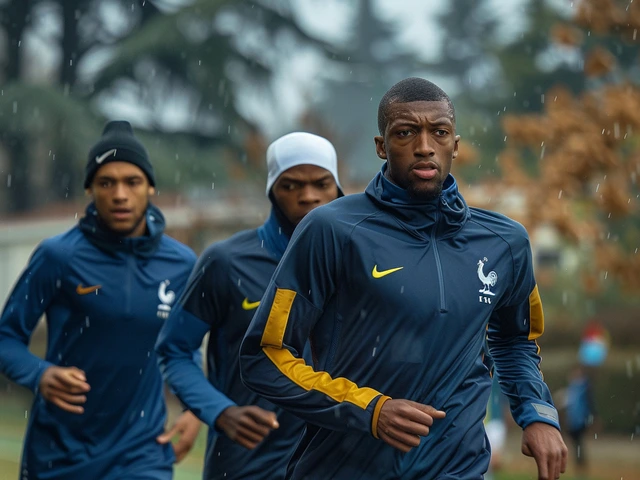Transfer Strategy: Plan Smart Moves to Win
So, you're thinking about transfer strategy — but where do you start? Whether you're managing a sports team, building a gaming lineup, or even planning business moves, a good transfer strategy is all about making smart picks at the right time. It’s not just shuffling players or assets randomly; it’s about knowing what you need, who fits best, and when to act.
Know Your Team Needs and Strengths
Before making any transfer, imagine your team as a puzzle. What pieces are missing, and which ones need an upgrade? If your defense is weak, focus your energy there. If the attack is doing great, maybe look for backups or future talents. Pinpointing your gaps helps you avoid wasting effort and money on players who don’t improve what’s truly lacking.
Also, take a good look at the players or assets you already have. Are they being used well? Can you train or reposition them to cover weak spots? Sometimes, the best transfer strategy isn’t bringing in new players but making your current lineup sharper.
Timing and Research Matter
Transfers don’t happen in a vacuum. The best moves come from watching the market closely—knowing when contracts end, when other teams might sell, or spotting emerging talents early. Rushing transfers last minute often leads to overpaying or settling for less than ideal picks.
Do your homework on every potential transfer. Check stats, past performance, injury history, and how they fit your style. A flashy player might be fun, but think if their skills really match your squad’s needs.
Remember, a solid transfer strategy balances short-term gains with long-term plans. Sometimes investing in young talents with promise works better than chasing big names that stretch your budget.
Finally, keep communication clear with your whole team or management. Transfers affect morale and dynamics. A smart transfer strategy means getting everyone on board and building trust.
With these tips, you can shape a transfer plan that feels practical and powerful—helping you create a stronger, more balanced squad ready to take on any challenge.

Liverpool FC's New Transfer Strategy: The Virgil van Dijk Effect
Liverpool FC is reworking its transfer strategy, focusing on players who match its technical and cultural standards. Central to this shift is Virgil van Dijk, whose influence and leadership continue to set the bar high. The club is also emphasizing player development within its academy to maintain its competitive edge in domestic and international leagues.
Categories
- Sports (146)
- Politics (22)
- Entertainment (20)
- World (15)
- News (10)
- Lifestyle (8)
- Business (6)
- Technology (3)
- Health (3)
- Environment (2)



